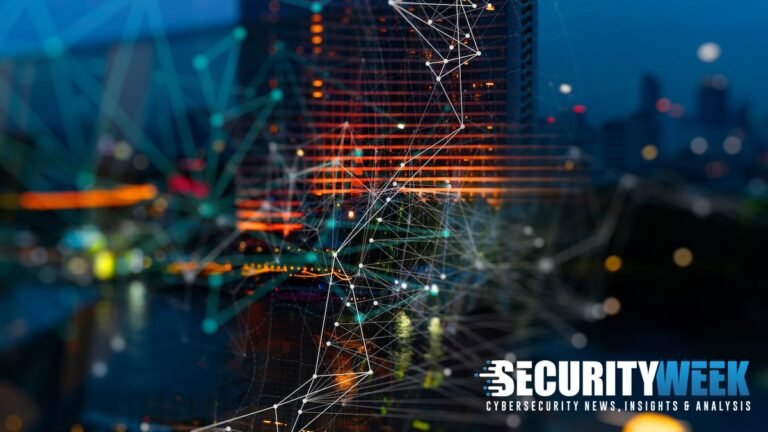Fast Facts
-
Resource Allocation Challenges: CISOs struggle to secure budgets for proactive cybersecurity measures, often only receiving increased funds after a crisis, leaving organizations vulnerable.
-
Heightened Demands in an AI Era: The rapid development of AI technology pressures CISOs to enhance productivity while maximizing efficiency, risking decision paralysis in a landscape of evolving cyber threats.
-
Balancing Priorities Under Stress: Overwhelming workloads and expectations force CISOs to align their cybersecurity strategies with business goals, contributing to widespread burnout, with 50% expected to change jobs by 2025.
- Strategic Focus Required: To avoid stagnation, CISOs must prioritize either speed or efficiency in addressing security challenges, leveraging AI and automated tools while mitigating risks associated with technology misuse.
Underlying Problem
In the evolving landscape of cybersecurity, Chief Information Security Officers (CISOs) grapple with an escalating set of challenges exacerbated by technological advancements, particularly in artificial intelligence (AI). Historically, CISOs have had to justify security budget increments post-crisis—be it after a data breach or compliance failure—leaving organizations vulnerable to threats. The rise of AI compounds these pressures, demanding rapid decisions amid a torrent of competing priorities. In this context, CISOs are often caught in a dilemma: whether to innovate swiftly or optimize existing resources efficiently. This precarious balancing act is further complicated by insufficient board support and overwhelming workloads, leading to stress and potential burnout within the profession.
This reflection encompasses multiple perspectives, capturing the essence of the modern CISO’s experience. Reports from Gartner reveal a concerning trend, predicting that almost half of CISOs will contemplate career changes due to stress by 2025. Commentary likens these leaders to “rabbits caught in the headlights,” paralyzed by the urgency of demands and complexities of the cybersecurity landscape. The discussion emphasizes the necessity for CISOs to establish clear priorities: choose a definitive direction—be it accelerating innovation or enhancing efficiency—and leverage AI judiciously to navigate the challenging waters of security with purpose and momentum.
Potential Risks
The precarious nature of modern cybersecurity, intensified by the frenetic pace of AI advancements, poses substantial risks not only to organizations led by Chief Information Security Officers (CISOs) but also to interconnected businesses, users, and entire industries. When CISOs wade through decision paralysis amid a cacophony of competing priorities, the consequences can ripple far beyond their perimeter; lax security measures elevate the potential for breaches, eroding consumer trust, jeopardizing sensitive data, and inviting regulatory scrutiny that can financially cripple enterprises. Additionally, as businesses increasingly rely on technological frameworks that intertwine with their partners and supply chains, a failed security strategy has the potential to create cascading vulnerabilities, leading to widespread operational disruptions, diminished market confidence, and lower overall economic stability. In this landscape, the stakes are monumental: the urgency for strategic decision-making becomes a matter of not just organizational survival but also a collective resilience against evolving cyber threats, where the failings of one can jeopardize the thriving of many.
Possible Remediation Steps
Navigating the tumultuous landscape of cybersecurity demands a swift and strategic approach. Timely remediation not only fortifies defenses but also instills trust among stakeholders and safeguards critical assets.
Mitigation Strategies
- Regular vulnerability assessments
- Incident response planning
- Employee training programs
- Multi-factor authentication
- Network segmentation
- Continuous monitoring and logging
- Data encryption
- Software updates and patch management
NIST Guidance Summary
The NIST Cybersecurity Framework (CSF) underscores the need for a proactive stance in addressing vulnerabilities. It emphasizes a structured approach to identifying, protecting, detecting, responding to, and recovering from cybersecurity incidents. For more detailed guidance, refer specifically to NIST SP 800-53, which outlines security and privacy controls designed to mitigate the necessary risks associated with rapid cybersecurity demands.
Explore More Security Insights
Stay informed on the latest Threat Intelligence and Cyberattacks.
Understand foundational security frameworks via NIST CSF on Wikipedia.
Disclaimer: The information provided may not always be accurate or up to date. Please do your own research, as the cybersecurity landscape evolves rapidly. Intended for secondary references purposes only.
Cyberattacks-V1

